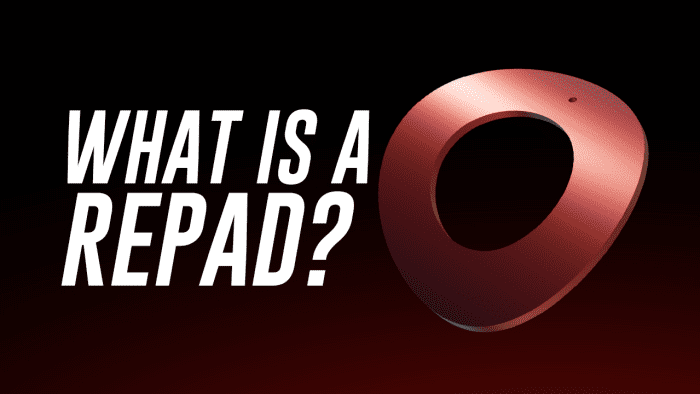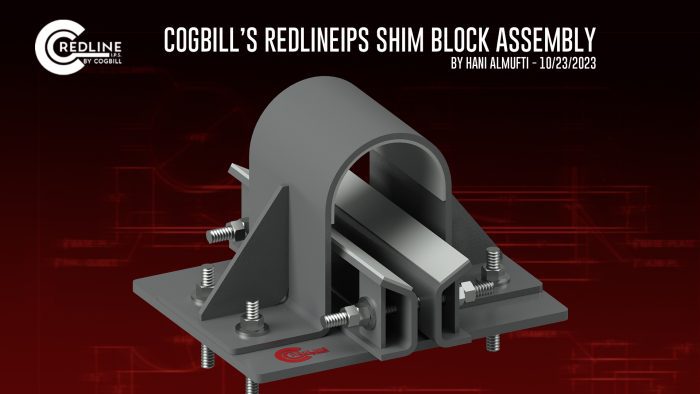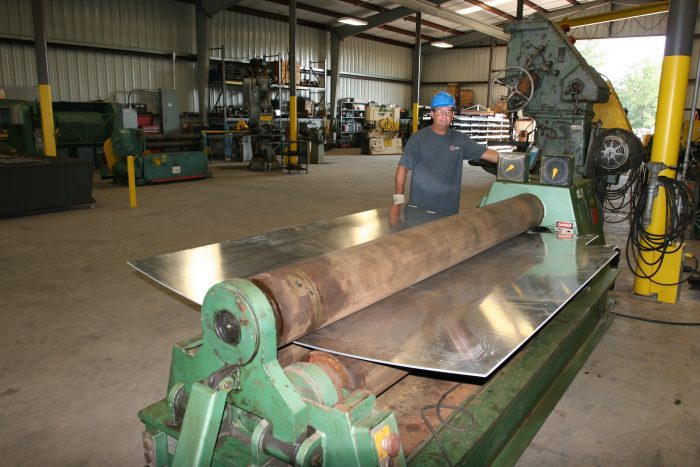Grinder Safety

Cogbill Safety Tuesday April 13, 2021
Grinding and cutting are one of the most common operations performed in a metal fabrication shop. Though a common task, when grinders are not handled properly, there is potential for hazards such as kickbacks, flying particles at high speeds, electrical shock, dust & fumes, fires & explosions, cuts & abrasions, and much more. Workers should be trained on these potentially hazardous operations as well as the required safety precautions to prevent them.
The following are general safety measures to keep in mind when using grinders:
Inspect work pieces, disks, and electrical cords before using a grinder or cutting disk. Look for sparks; loose cables; nicks, bends or wear in the disks, etc.
Ensure the appropriate disk is being used for the job at hand, and that it is correctly installed.
Ensure you are wearing appropriate PPE before working (protective glasses, face shield, hearing protection, long sleeves, etc.).
Do not wear any loose-fitting clothing or clothing that has hanging strings.
Appropriate safety guarding should be placed on grinders prior to use. Tasks that require the removal of machine guarding should only be performed by trained operators and under close supervision, while notifying nearby operators of the situation at hand.
Only work at a clean workspace.
Do not operate a grinder if you have not been properly trained on that specific manufacture’s tool and operating speeds.
Have good footing to ensure you can remain balanced and in proper work position.
Use two hands while operating grinders.
Have the workpiece in a secure and stable position so it does not move while grinding.
Do not attempt to use a hand-held grinder on small workpieces, and instead use a bench grinder if suitable for the situation at hand.
Make sure the grinder is turned off and unplugged prior to inspection, making adjustments, or storing the tool.




